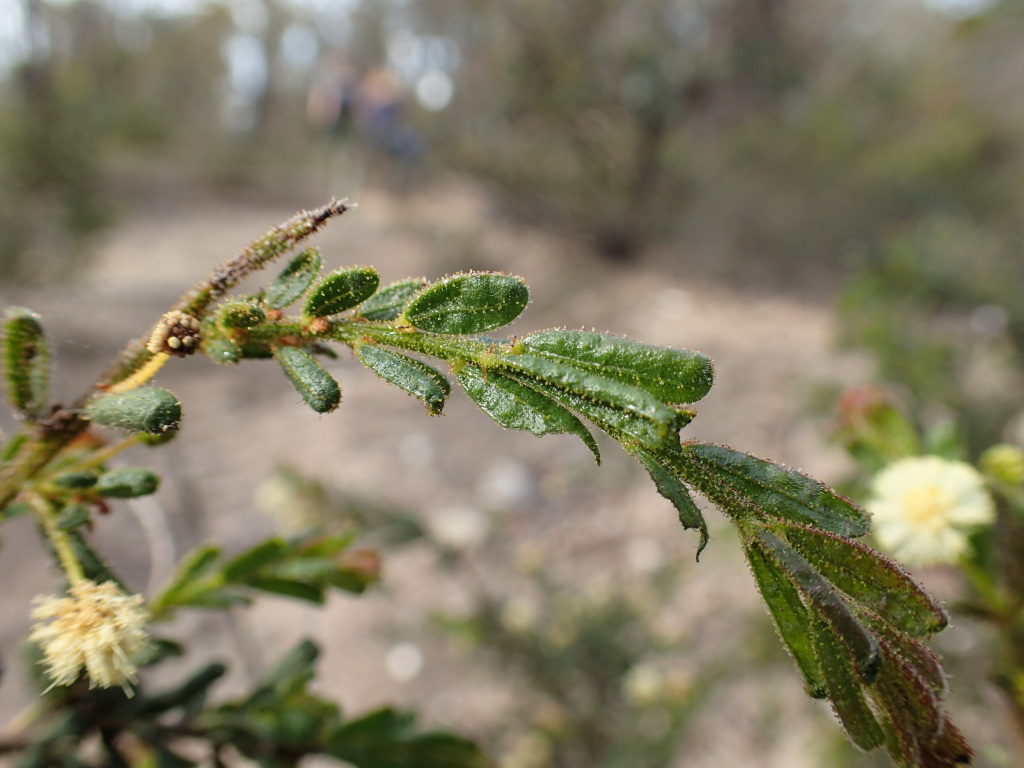Acacia aspera subsp. parviceps
Muelleria 19: 6 (2004)
Taxonomic status
Accepted
Occurrence status
Present
–
endemic
Origin
Native
Degree of establishment
Native
Threat status
FFG:
Endangered (EN)


